Berlin is probably my favourite city to photograph. There is so much history, and its vastness means there is always something to shoot. Even if Berlin weren’t so big, it would continue to present new photographic opportunities because the city is changing fast. It keeps reinventing itself; whenever I return to Berlin, it looks different. Somehow it feels different. This is great because even though I have wandered the same streets of Mitte or Prenzlauer Berg, I experience them slightly differently from before.
I decided to take only one camera and one lens. The challenge I have is that I enjoy the gear aspect of photography so much I always want to bring a lot of gear. This leads to much contemplation before travelling to decide what to bring. I usually shoot everything I bring, and I hardly have travels where I leave the gear I took unused. Sometimes though, it is nice to limit gear to the maximum. That is the approach I took this time.
I decided to go for 50mm instead of 35mm. The slightly narrower perspective works well in urban environments. I brought the Voigtländer 50mm F2 APO-Lanthar. I wrote about this lens before, using it on the Leica SL. I now shoot with the M10, and I was curious how this combo would work. The curiosity was aimed at handling; there are no questions about the output of the lens. The next photo shows how incredibly sharp and clear the Voigtländer APO renders.
This performance makes the Voigtländer APO a deliberate choice. It’s not the best all-rounder lens because it is so good. The sharpness and clarity work in urban settings like this as they deliver a certain grittiness to a scene. A very different kind of grittiness compared to the noise in film, but it can evoke a similar response when viewing the photographs. The handling on the M10 is good but not great. The lens feels just a tad too big on an M, which didn’t bother me when I used this on the SL.
The outstanding performance of the Voigtländer APO worked well for the photo above. The beautiful façade of this significant building in Berlin is captured with much detail and clarity. The New Synagogue remained relatively untouched during Kristallnacht, but was heavily damaged during the Second World War. It continued to be in a poor state after the end of the war in East Germany. Only after the fall of the wall did serious reconstruction happen. It serves as a Synagogue now again but is also a Jewish Centre. This chapter is, of course, the most dramatic one in the long history of Berlin. I will never cease to be amazed by how Europeans found a way to move forward after this darkness. What Berlin has become in our time is perhaps the most tangible evidence of that.
Berlin hosts an unfathomable amount of cafes, bars, and restaurants. It is the place where the very German and delicious tradition of coffee and cake in the afternoon has merged with all of the cultures of the people that flocked to Berlin over the years. This has resulted in a cacophony of drinking and eating options, much to my liking. The Leica M is made for this environment. Relatively small and unobtrusive, it is easy to take with you as you go through the city from one eatery to the next.
The Voigtländer 50mm APO highlights a hot item in German politics today with clarity. Döner is one of the most favoured street food items in Germany, particularly in Berlin. Due to inflation, prices have risen strongly, and this is causing a stir. Even Chancellor Scholz is asked to address the issue of the high-priced sandwich.
Let’s turn our attention back to the lens. The photo above is probably my favourite from this trip. After a rather warm October, the cold was finally coming in. Snow was falling while we were there, which created some nice photographic opportunities. The Voigtländer is perfect for the shot above. The snow is captured extremely clearly, and even though it was quite dark, the photo is crisp with little noise. The large aperture helps, of course, as does the sensor in the M10; despite its age, it is still world-class today.
Berlin is a joy to visit; I hope to return there on many occasions in the future. Knowing myself, the chances are slim that I will take this exact setup of the M10 paired with the Voigtla4nder 50mm APO. But whatever I bring, Berlin will be ready and waiting, presenting itself in yet another light.
Read more from the author
Visit Erwin Hartenberg’s website
Make a donation to help with our running costs
Did you know that Macfilos is run by five photography enthusiasts based in the UK, USA and Europe? We cover all the substantial costs of running the site, and we do not carry advertising because it spoils readers’ enjoyment. Every amount, however small, will be appreciated, and we will write to acknowledge your generosity.

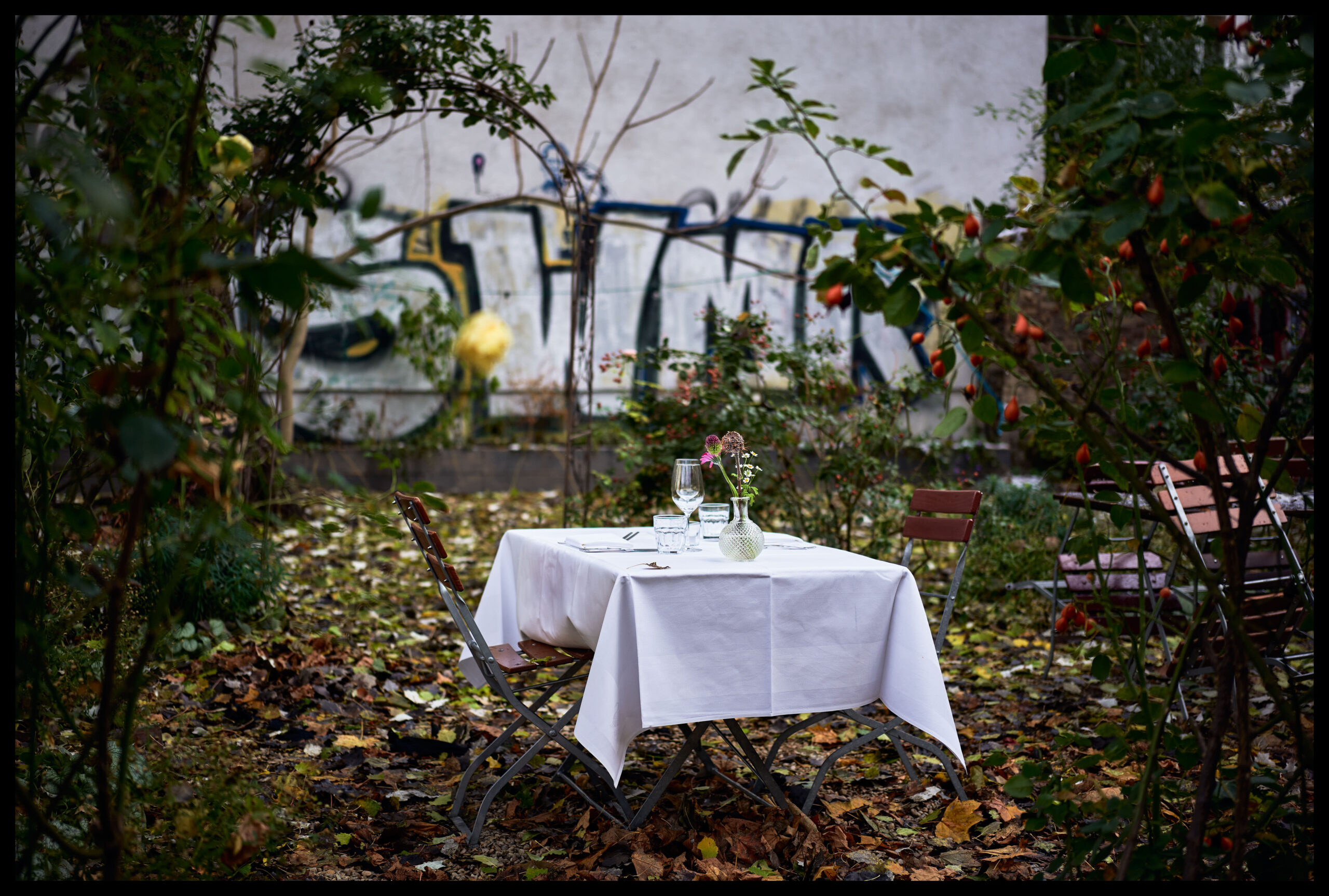
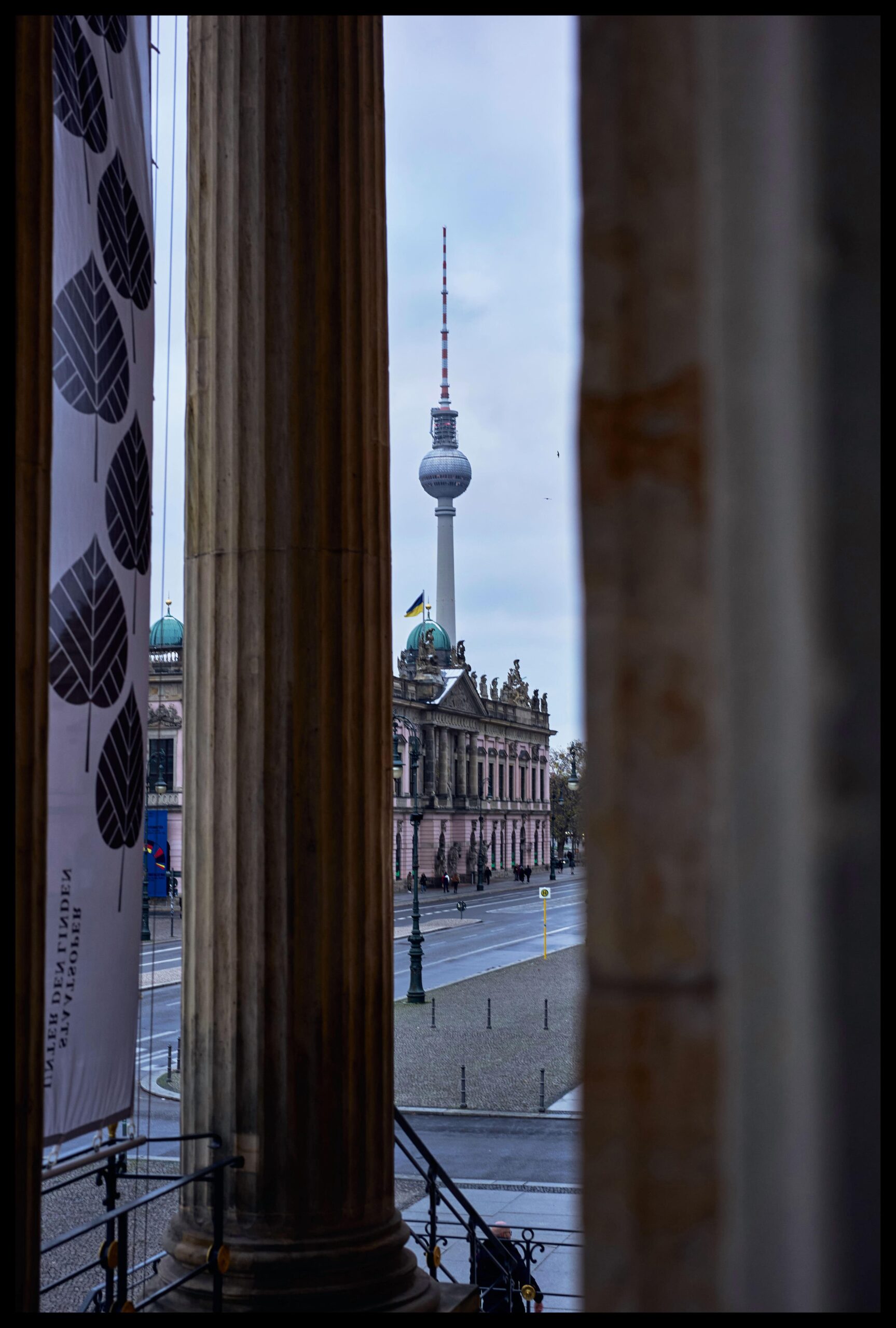
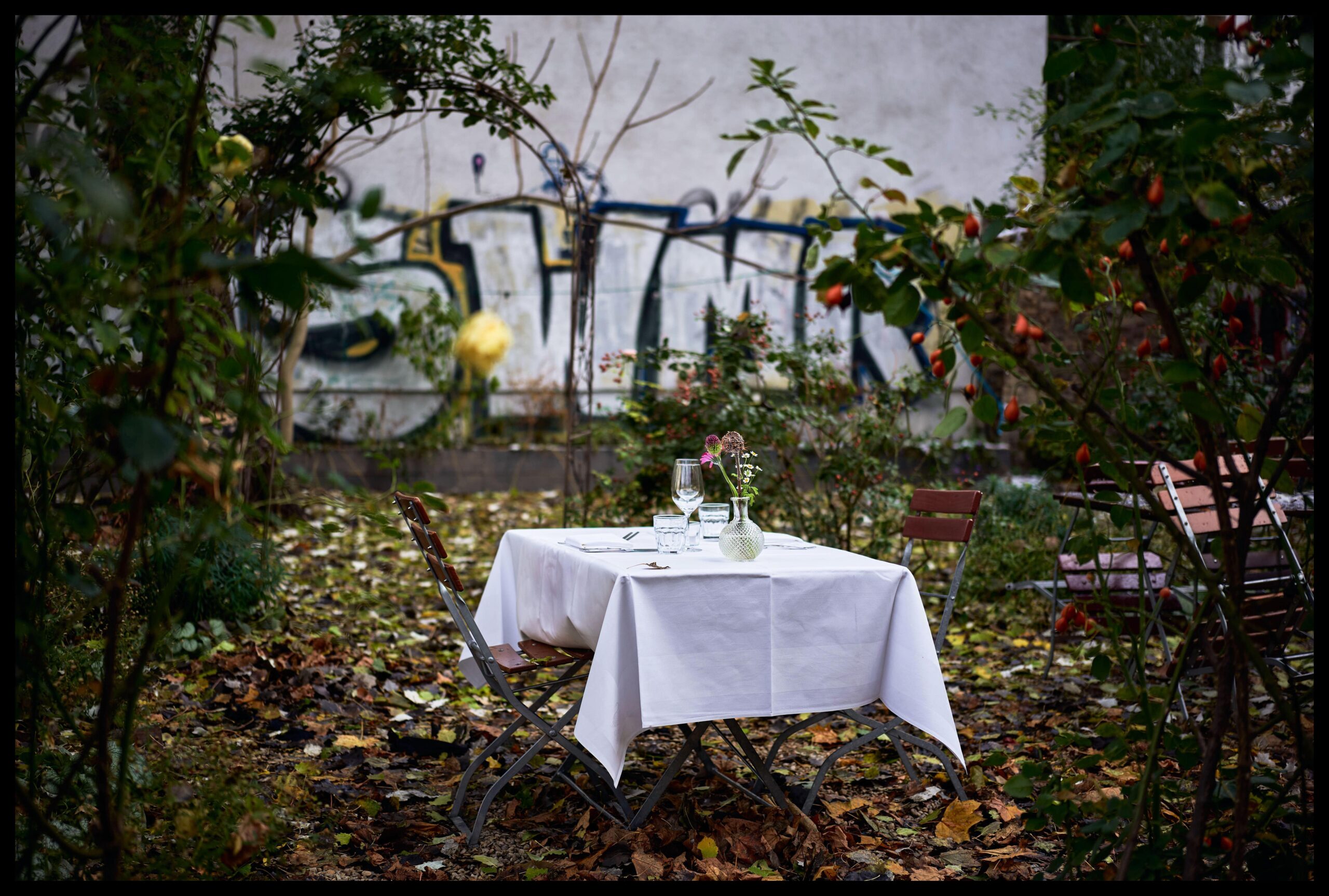
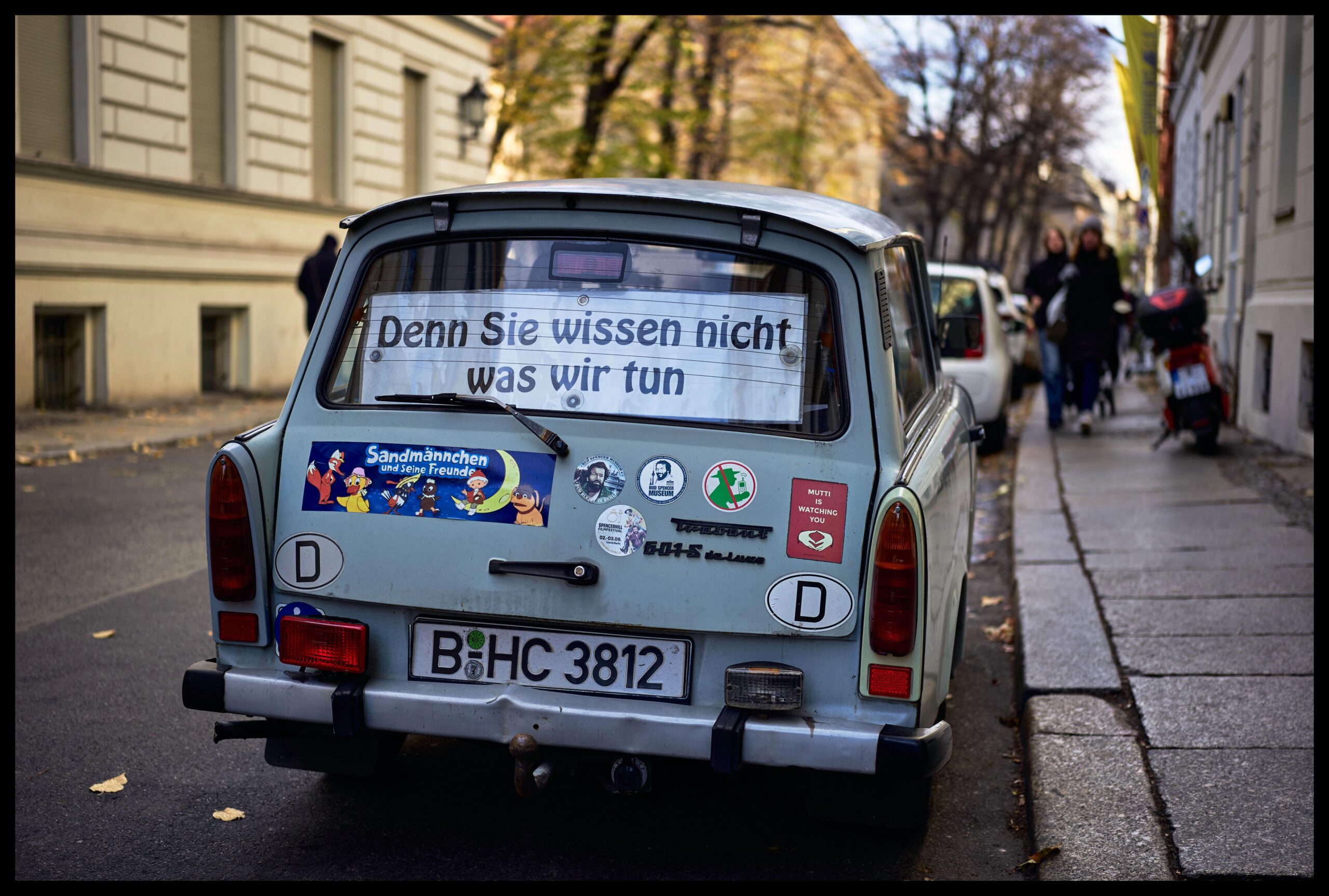
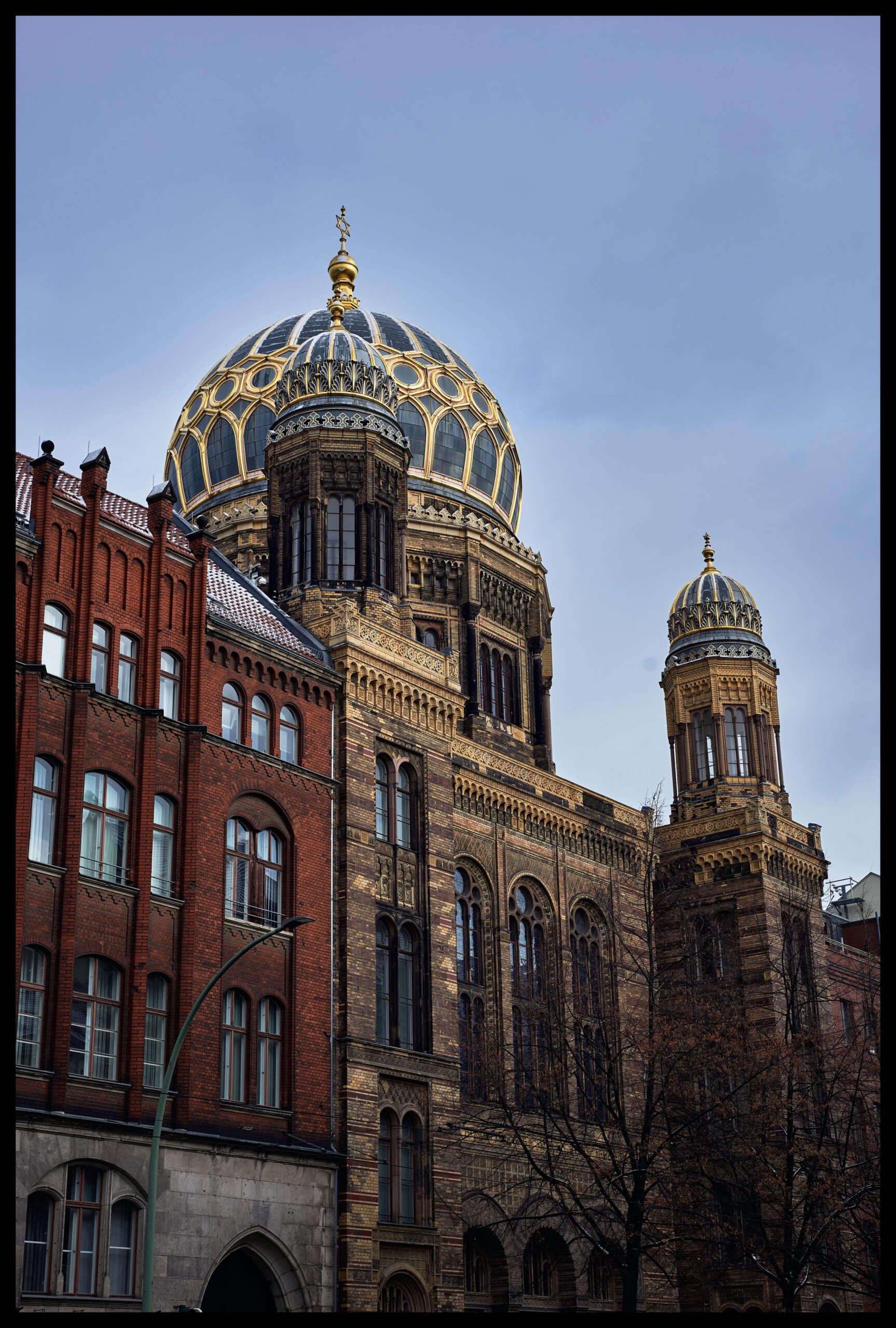
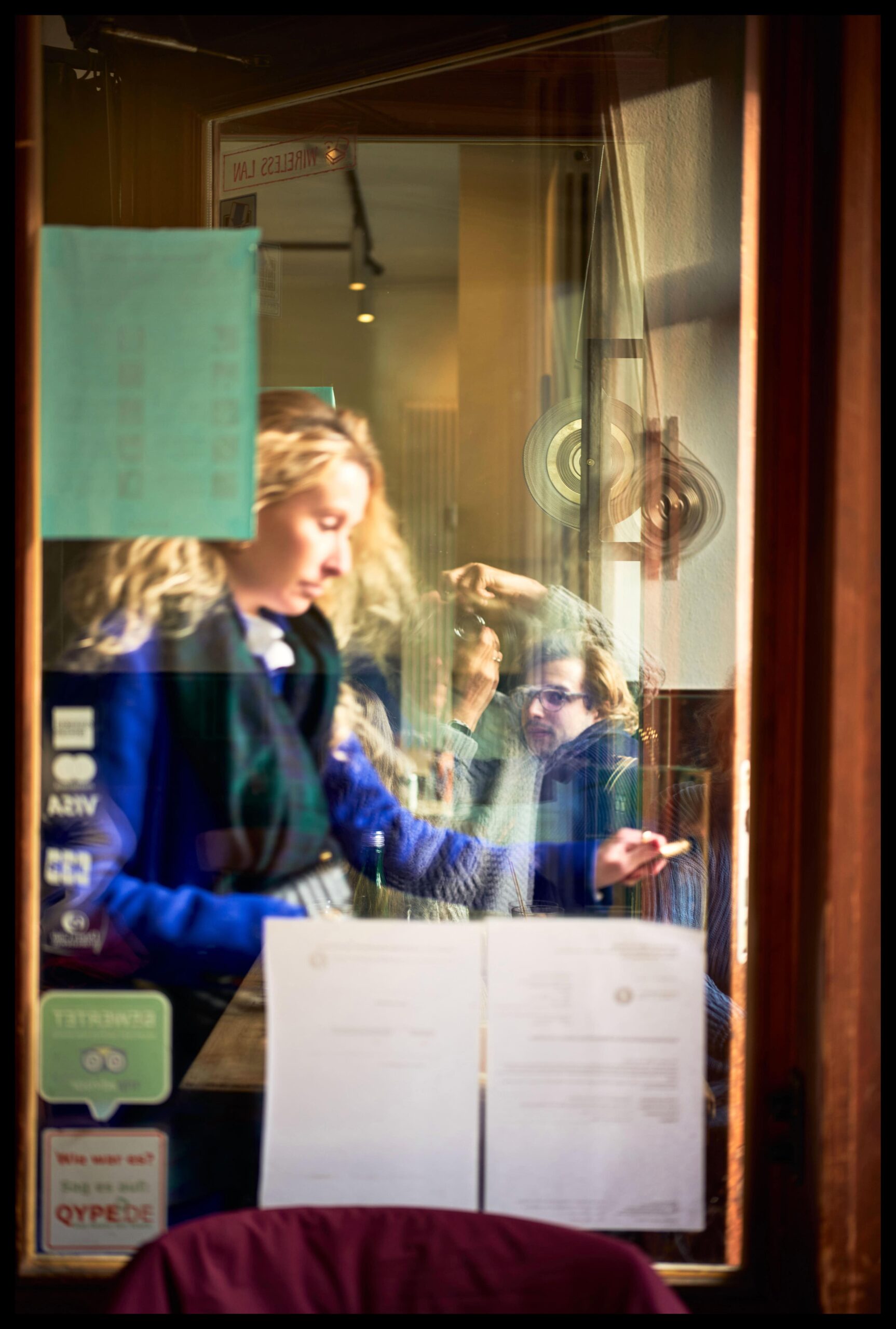
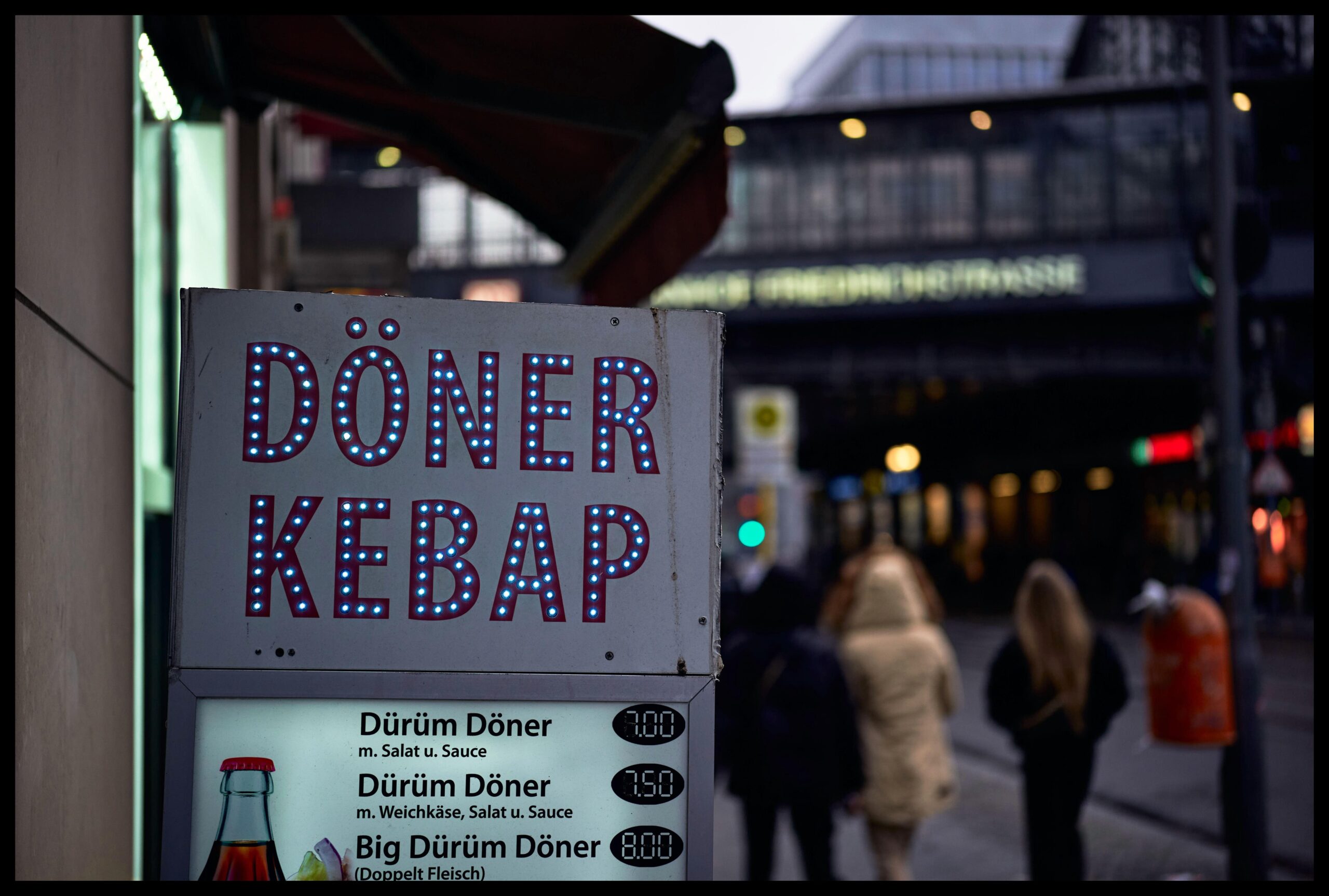
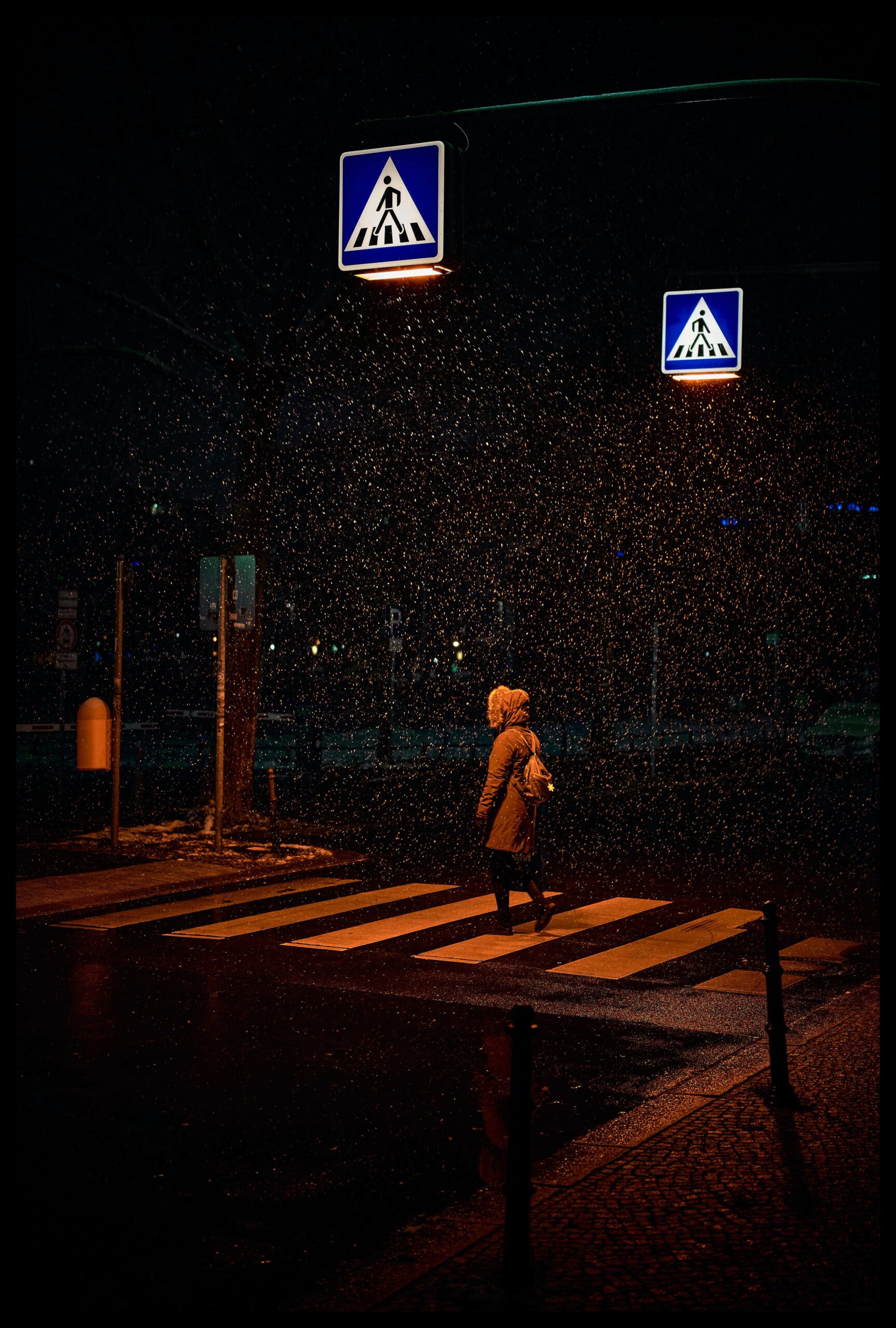
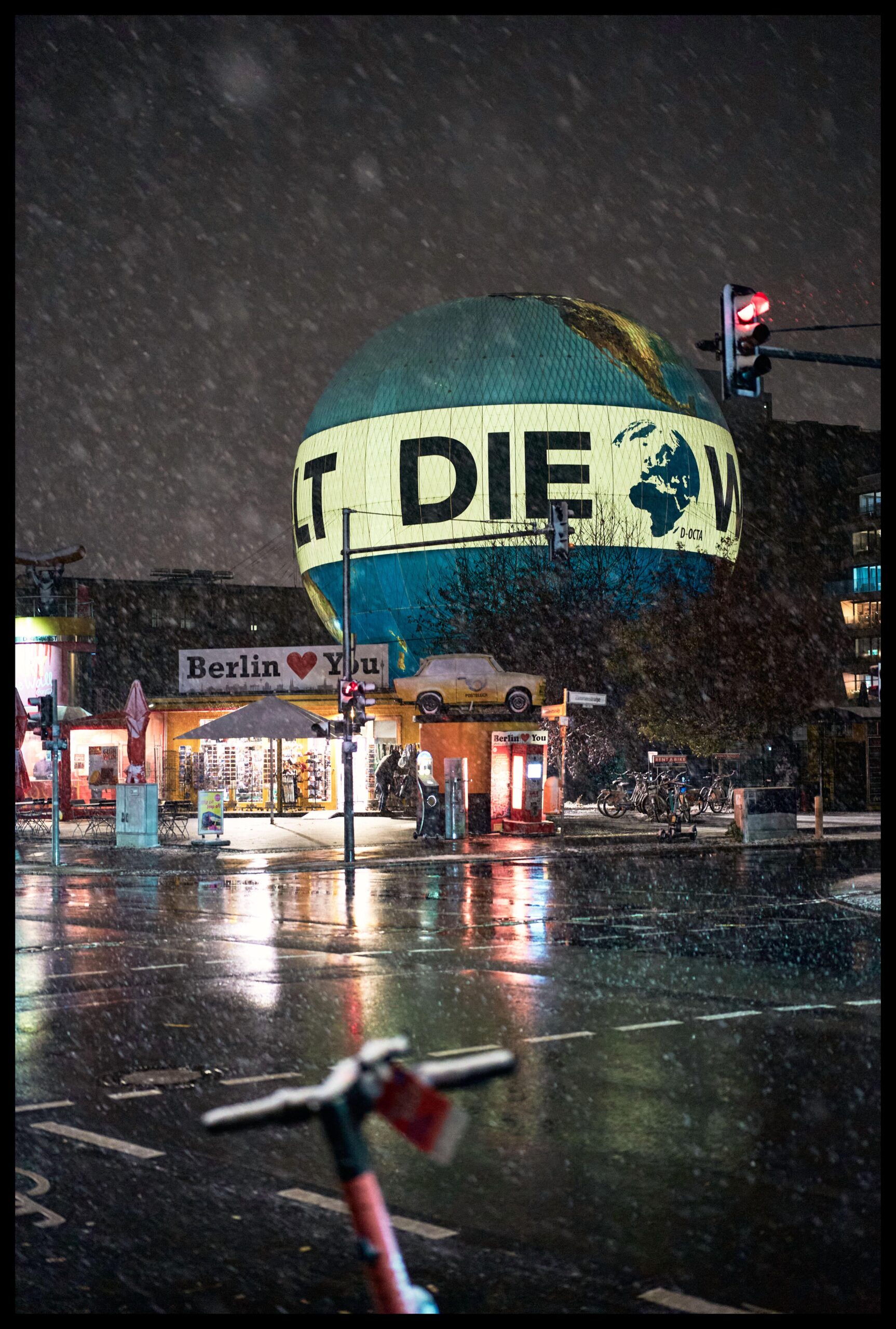











Dear Erwin,
what a nice report of a visit to the Reichshauptstadt topped with a special lens.
The statue of Willi Brand by Sitte pointed me to the quote “Lieber vom Leben gezeichnet als von Sitte gemalt.”
Greets Dirk
As a zoomer, I am always interested to see what people achieve and how with 28mm, 35mm, 40mm or 50mm. Since Berlin (especially East – Hauptstadt der ehemaligen DDR) is one of my favourite cities, I was enormously interested in your article and learned much from it. Thank you!
Thanks Erwin. I haven’t been to Berlin since 1982 when the wall was still very firmly in place and the city existed in some sort of time warp between east and west. It was depressing but also fascinating. I recently scanned my photos to save them from total colour degradation (I no longer had the 110 negatives). They are great mementos, but rather poor quality. But it is great to see Berlin up close again, I must get back there. I particularly loved the cafe and cross walk images.
That must be quite the experience to back to Berlin after all these years…
A lovely richness in the colours in these images. The lens provided great outcomes in the lower light of early winter.
Did you wait very long for the right moment of the pedestrian crossing street shot? Or did you see it and catch it in an instant? Whichever, it’s a special image.
Thanks Wayne. The person is actually my wife. I was lagging behind a bit as usual, looking for interesting perspectives so that worked out well for a change 🙂
It’s difficult to select only one favorite photo! But for me, the ‘cafe’ photo is a great blend of German culture and photographic vision.
This being Deutschland, of course it had to be a Leica M camera!
Hi Erwin, thank you! I really enjoyed the article. Berlin is one of the few European capitals I have not visited, and I am determined to make a trip there for all the reasons you mention. I too thought the photo of the person in the crosswalk (pedestrian crossing, zebra crossing…) was terrific. I also especially liked the shot through a window into the art gallery, with the two standing figures captured at diametrically opposite corners of the frame. Looks like the one on the lower right is the point of focus. I still do not fully understand how all the elements in the shot relate to each other though! All the best, Keith
The gallery photo is one I like a lot as well. I was confused by what I saw in the viewfinder and remain when looking at it today. It just seemed to represent the gallery experience well with so many angles and things going on.
Wonderful article. I envy the way you integrated a technical review with a travelog of the city. The rhythm of the piece almostreads like poetry.
Thank you, that means a lot!
I agree, the photo of the person in the crosswalk is beautiful. The contrast between both color temperature and contrast, between the signs above and the muted scene of the person below in the actual crosswalk, really makes this photograph. And the falling snow . . . A fine example of seeing and capturing a fleeting moment in time.